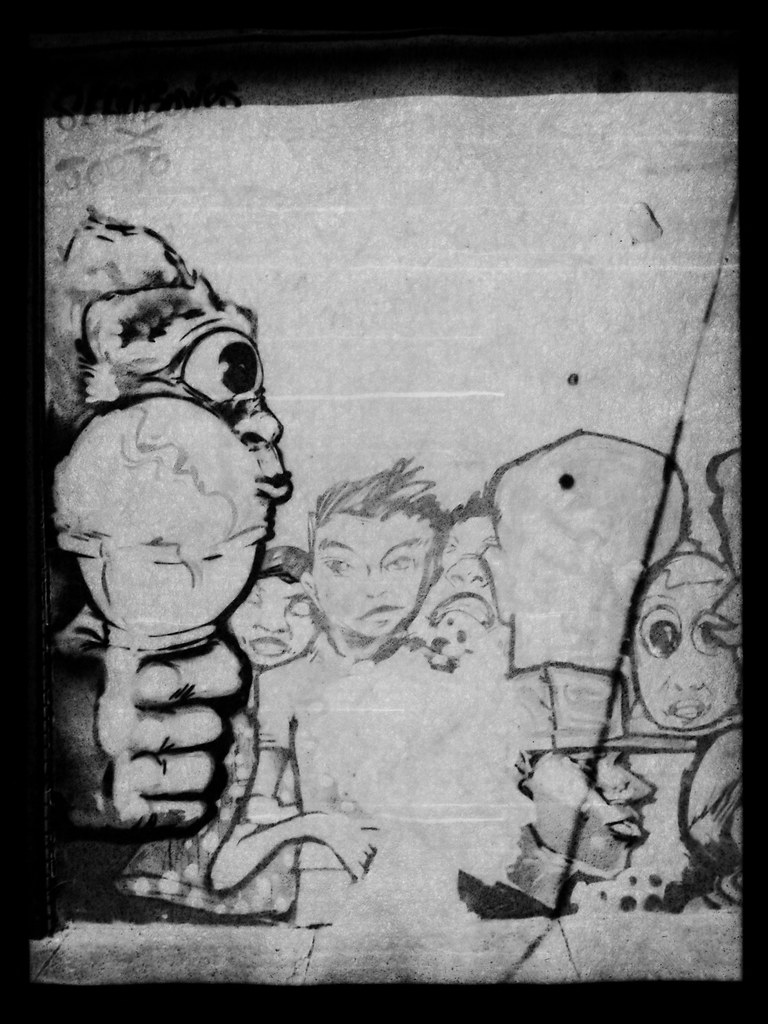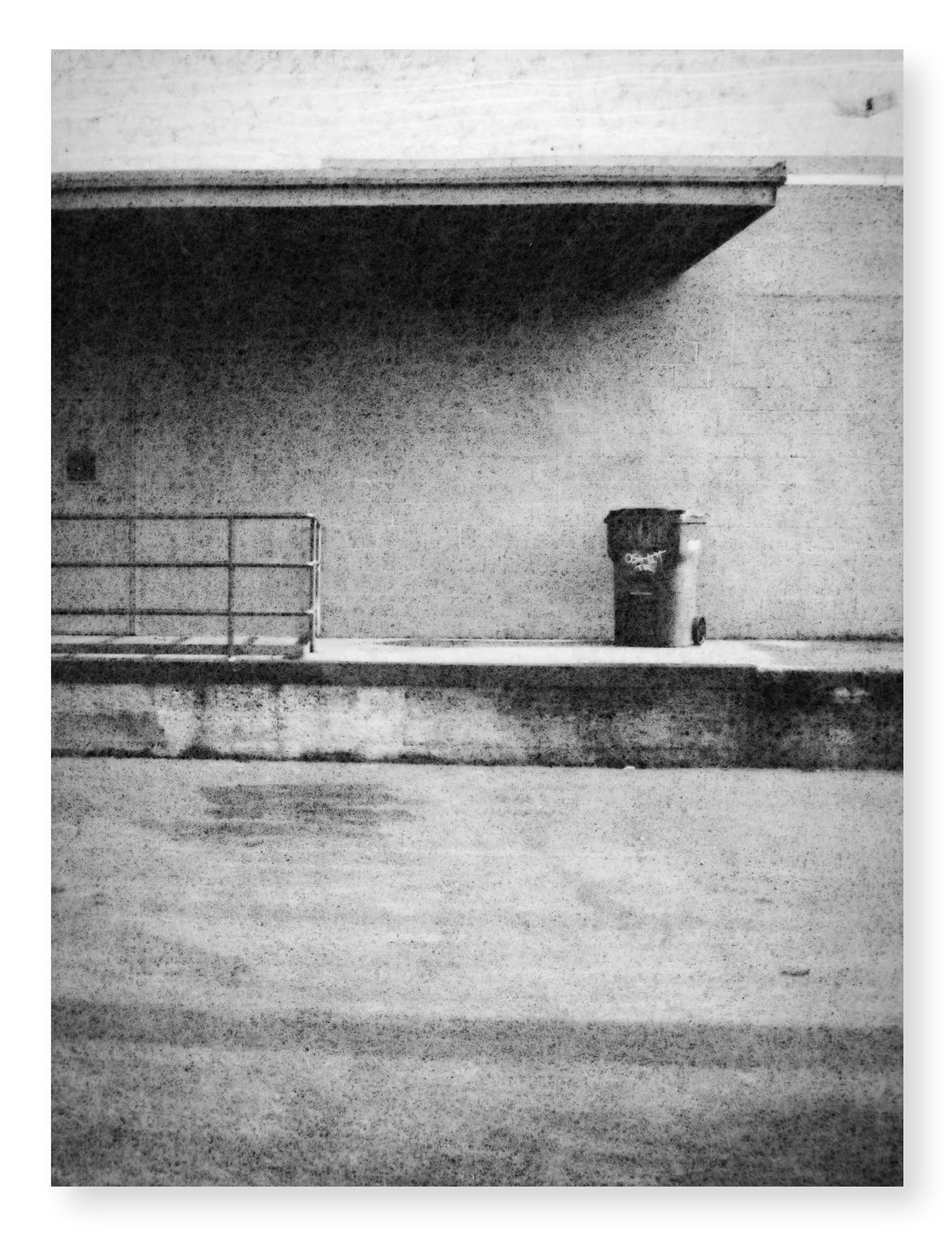I ran a roll of Washi-120 in my Fuji GS645S Wide 60, exposing it at ISO 4 ... I used my Sekonic L358 in incident mode to establish a baseline for exposure.
The roll I ran in the Hasselblad 500CM the other week and processed in MultiGrade @ 1:9 for three minutes seemed a bit off, too contrasty; I thought the Washi-120 lkneeded more dilution and a longer processing time.
So I increased the dilution to 1:19 and processed for 8 minutes, with minimal agitation. (I also thought the Ilford Rapid Fixer's recommendation of 1:4 dilution seemed way too strong for this incredibly thin paper/film, and increased dilution to 1:9, fixed for 8 minutes as well.) I thought to myself, 'hmm, this might not even have enough developer energy to get this emulsion going in only 8 minutes...' but I was willing to risk it.
To my shock and surprise, upon opening the processing tank what should I see but 14 nearly perfect, rich negatives? Dense against the paper backing but very little blocking up, nicely expressed tonal curve, and yet the beautiful rice paper structure is easily apparent on inspection! Here's a quick render of one typical frame ... captured to a raw file with the Hasselblad 907x and a Macro-Elmarit-R 60mm f/2.8, quickly rendered to positive by inverting the Tone Curve in LR Classic, and cropped to the negative area plus a little rebate .. no other tweaking applied:
 quick_washi_render_no-mods
quick_washi_render_no-mods
Click on it to go to the Flickr.com page, you can click on it twice there and see the full resolution if you really want to see the paper structure embedded in the image.
Washi-120 emulsion is *extremely* fragile. I probably created the scratches loading it into the developing tank or carefully moving it through my current makeshift scanning jig. Truth is, however, I kinda like the look of the deterioration.
I'm also evaluating the benefits of using the Hasselblad 907x vs my Leica CL as a capture camera. The Leica CL is very well worked out for my use in this endeavor: I know just how to set it up and get the most out of it. The Hassy is still a work in progress ... but its 16bit depth and double the pixel resolution has some promise for even better capture qualities. So I also scanned the entire roll with both cameras and am comparing the raw files, using the same lens.
One thing that this is pointing out to me is that, aside from the simple facts of twice the pixels and more tonal range editability for the Hassy, the Leica CL sensor is incredibly good and produces very nearly identical quality negative captures despite being a quarter the size of the 907x/CFVII 50c sensor. The Leica CL's performance for these negatives is very nearly indistinguishable from the Hasselblad, using the same lens and the same ISO setting. Truly remarkable performance from that little APS-C sensor!
Fun stuff for sure.
🙂
G






